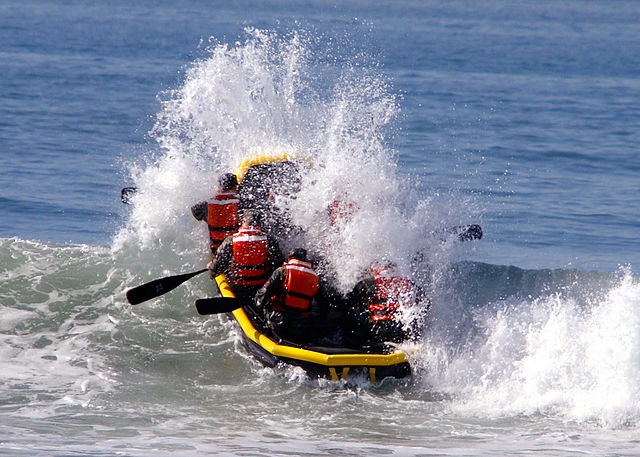Is your company team-based? Have you ever wondered (or are struggling with) how you could develop your teams and optimize the way they work? If that is your case or you just want to know about how team skills can be fostered and trained, this post is for you.
In most organizations, you might see executives and managers talking about teamwork as a core value of the company. However, what is teamwork and why is it so important in today organizations? Responding to the second question, Day, Gronn and Salas (2004) state that “greater collaboration is often seen as a way to achieve collective organizational goals and develop a competitive advantage”. Whereas, Day et al. define teamwork as a group of behaviors, cognitions, and attitudes that are flexible and related to each other, and that team members use to achieve mutual goals. Which means that team members need a set of different competences to be able to execute their tasks and achieve greater performance as a team than as the sum of individual efforts. In the next paragraph, different forms of teamwork training are discussed, as well as what the literature says about each.
Is this training appropriate for you?
Do you know about different kinds of teamwork training? And that some of them can be administered individually? This article will provide you with four kinds of trainings whose effectiveness has been widely proven throughout the scientific literature. Furthermore, it’s specified whether they are applied at an individual, team or both levels.
To begin with, in order to work in a team you might want to be aware of the strategies you use to learn as well as to be able to discern about its appropriateness so that you are able to adjust them when necessary. That’s the aim of Metacognitive training, a method administered at the individual level that intends to make you aware of such strategies. In addition, these (metacognitive) skills have been seen to bear a relationship with knowledge acquisition, behavior acquisition and increased self-efficacy (Ford, Smith, Weissbein, Gully and Salas,1998).
What happens after things work out very well (or really wrong) in a team? Indeed, feedback needs to be given! To improve that Assertiveness training can be handy. It is administered at the individual level and is planned to teach individuals to effectively communicate when they provide feedback to other teammates, offer potential solutions and offer or request assistance. This type of training has been found to be effective when it is based on behavioral modeling, practice and feedback.
In order to be able to coordinate and anticipate possible events that might arise, you might want to know what your teammates do. That’s actually the purpose of Cross training. At a team level, it consists in exposing team members to other team members’ responsibilities, either by giving general knowledge about the tasks, discussing team members’ roles or allowing direct, hands-on practice. Evidence found both laboratory and field settings suggests that this training methodology can improve team’s anticipatory behavior and foster communication and coordination strategies.
Finally, another use of knowing each other’s roles might be for members to diagnose, design and implement solutions to the team’s functional problems. That’s what Self-guided correction training aims at resolving. It’s carried out at both individual and team levels and it entails a discussion about team roles, responsibilities and team strategy. It’s typically implemented as Behavioral modeling.
Takeaways for your practice
Do you think your teams are not giving their 100% because they have not picked up the right strategies? In such case, a good option could be to train your teams in metacognitive skills, so that they improve their strategy. Do you believe, on the other hand, that the source of inefficiency is communication? Then a good candidate for your choice would be assertiveness training. Cross training can be beneficial if knowing what the other team members do is relevant for the other team member’s tasks. It would allow your employees to anticipate to the others’ needs and therefore foster coordination. Are every team member’s roles and functions clearly defined and know to the rest of your team? Do you want them to be able to identify their potential problems and tackle them as a team? In that case, self-guided correction training might be a good solution. If successful, it is supposed to make your teams capable of diagnosing and solving their own functional problems.
Of course, in order for successful training to be implemented there’s need for a training specialist to take care of it. However, do you think you are now able to understand this training specialist’s recommendations better? Would you be able to discern which of these four types of training would be more useful in your situation?
Did you like this article? Share it with your network by clicking on the buttons below!
Follow us on LinkedIn, Twitter and subscribe to our newsletter to receive all the quality of scientific research in less than 1000 words!
References
Day, D. V., Gronn, P., & Salas, E., (2004). Leadership capacity in teams. The Leadership Quarterly, 15, 857-880.
You can find the original article here.
Ford, J. K., Smith, E. M., Weissbein, D. A., Gully, S. M., & Salas, E. (1998). Relationships of goal-orientation, metacognitive activity, and practice strategies with learning outcomes and transfer. Journal of Applied Psychology, 83, 218–233.
You can find the original article here.








